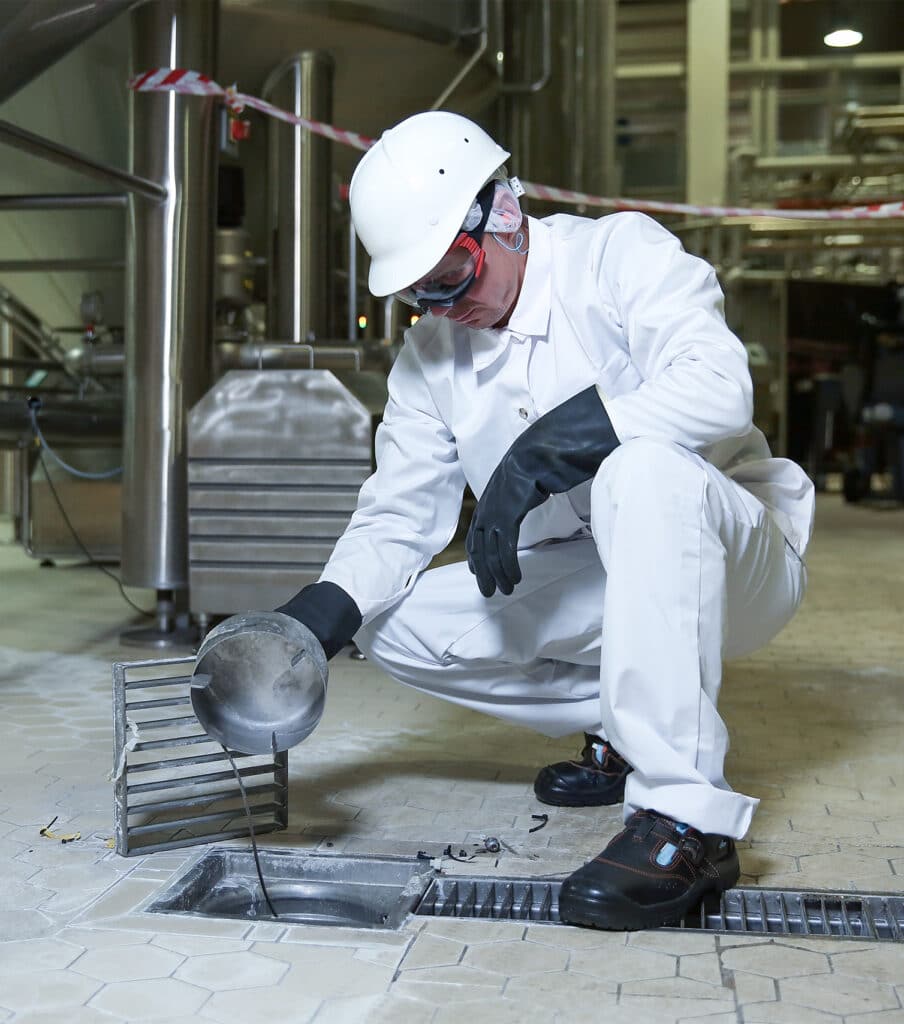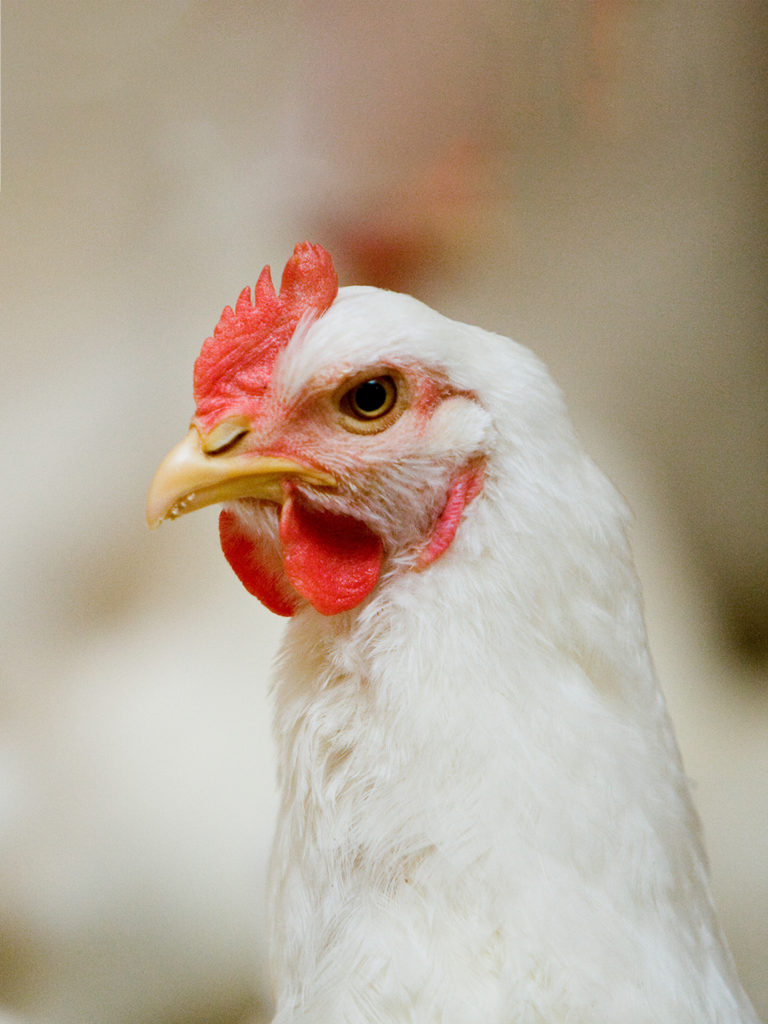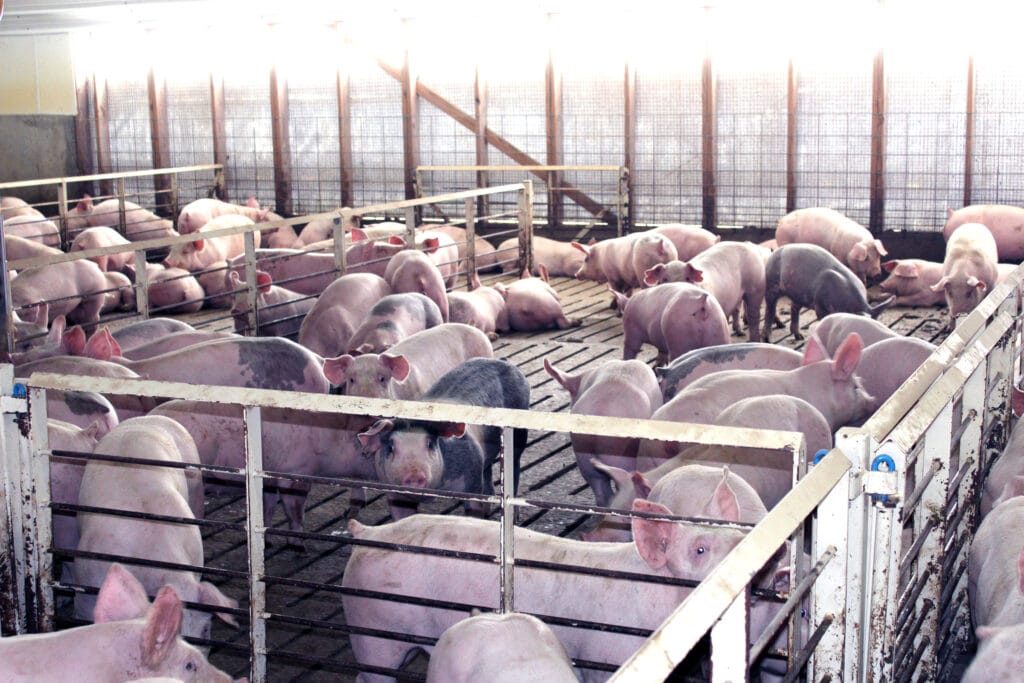Finding a positive drain swab above your identified threshold when you are ready to start production is not how you want to start your day. As you work to identify the root cause of the issue, here are 3 things to evaluate and address in a Corrective Action Plan for floor drain cleaning and sanitation. […]
A microbial positive in your drain. Now what?





